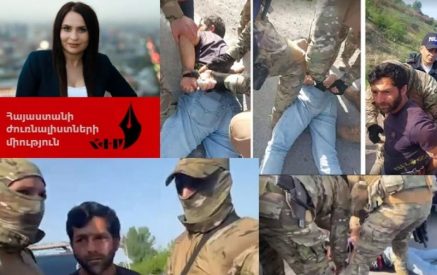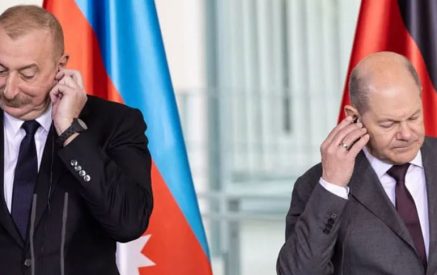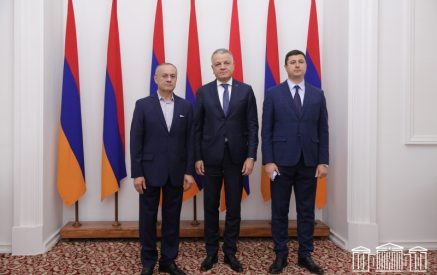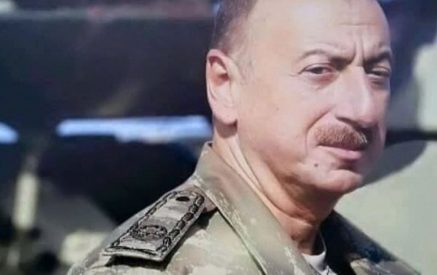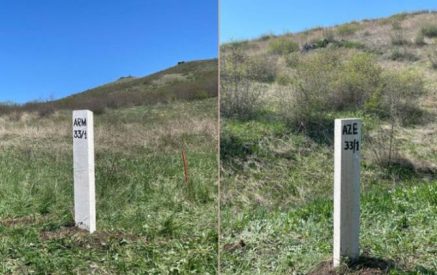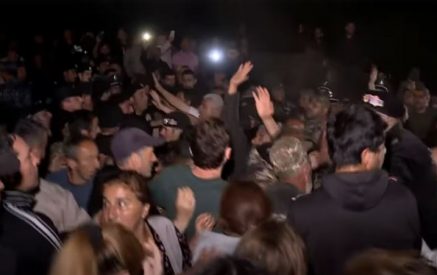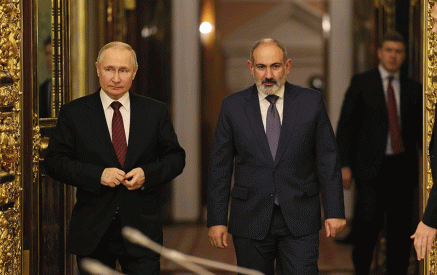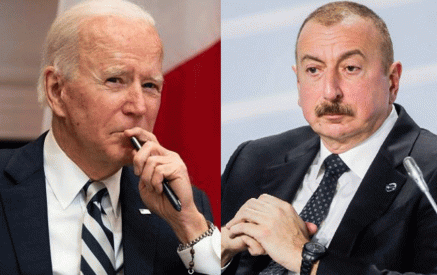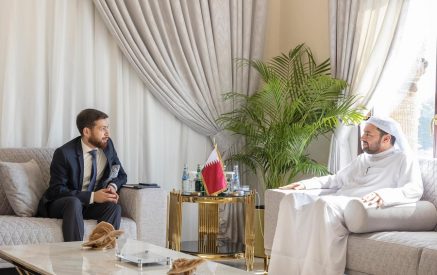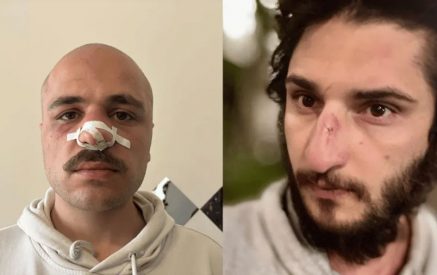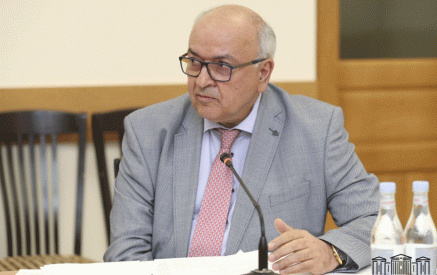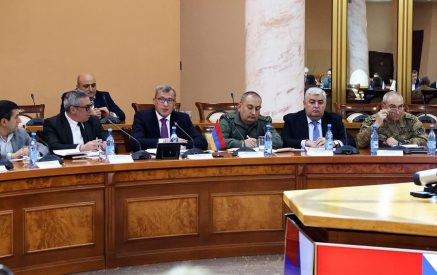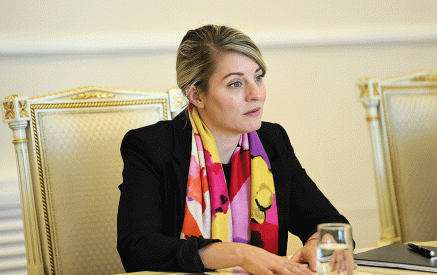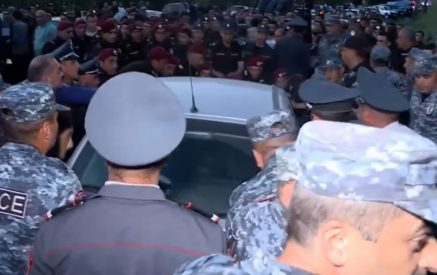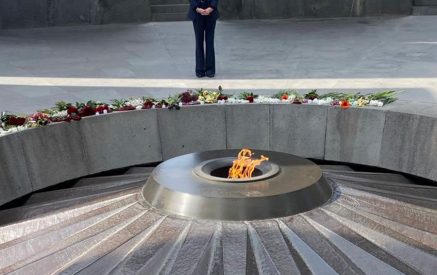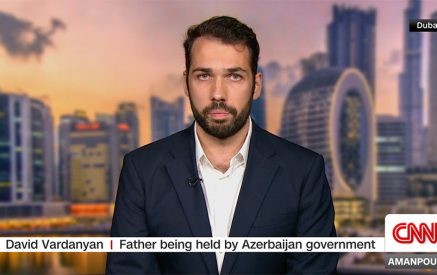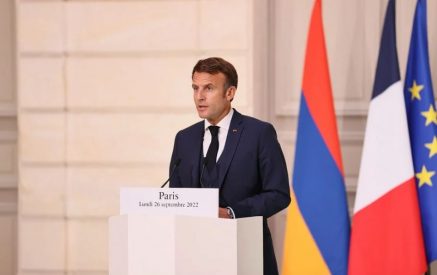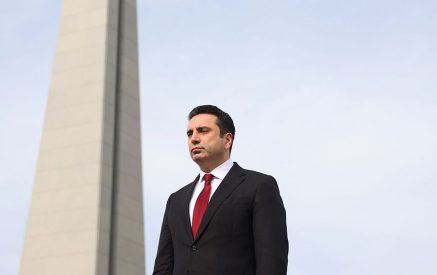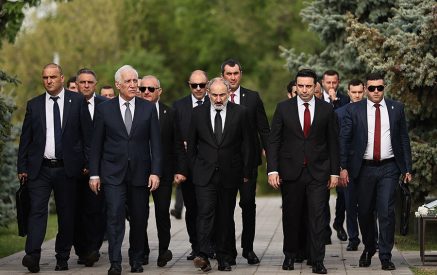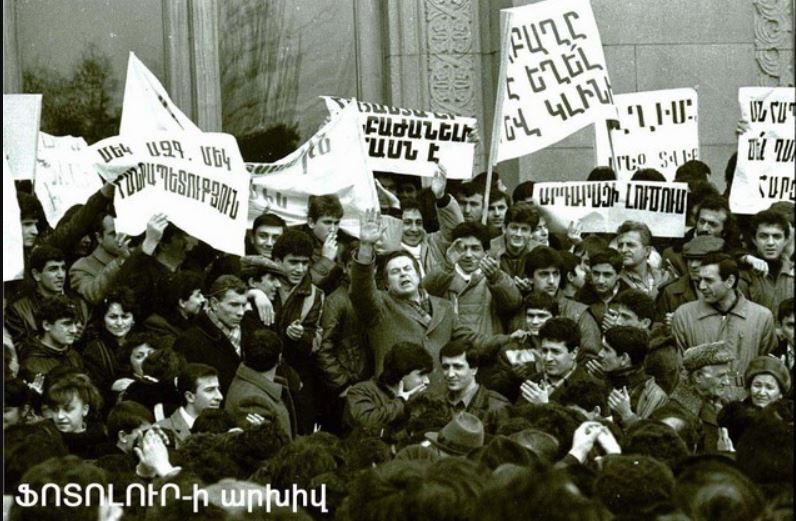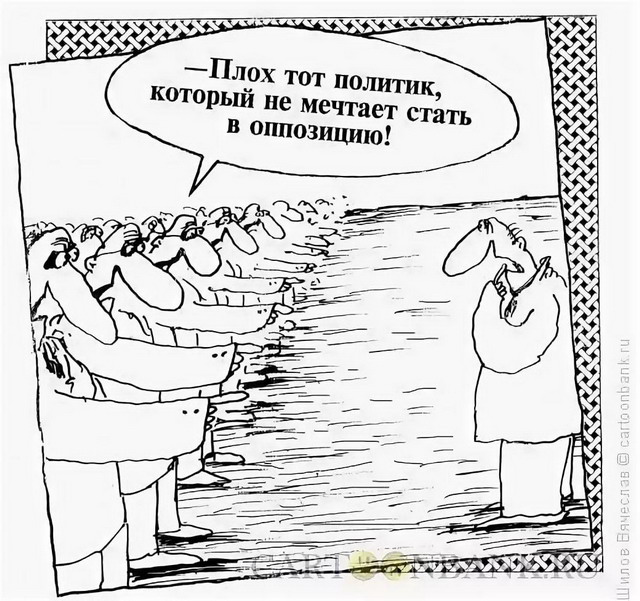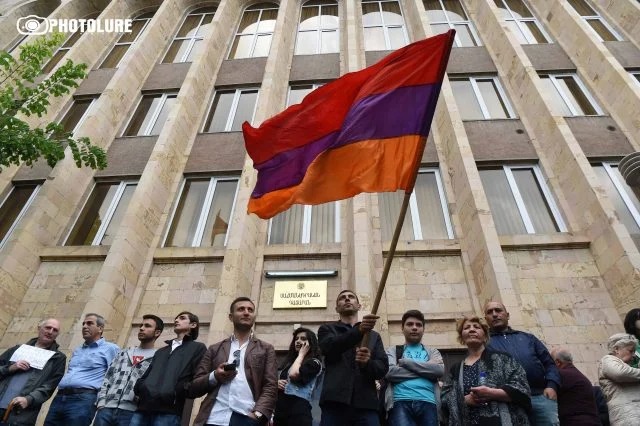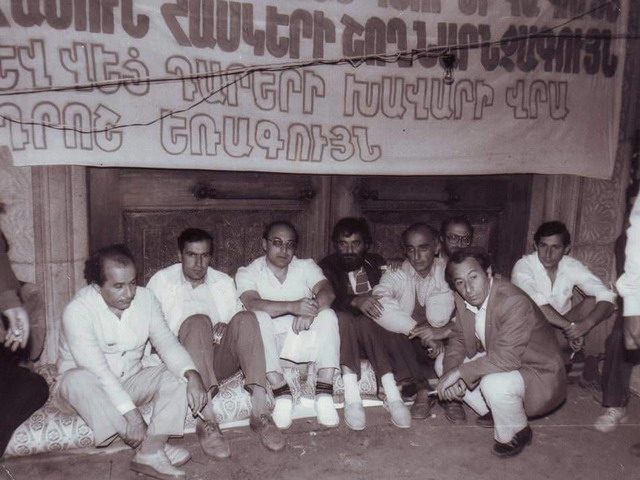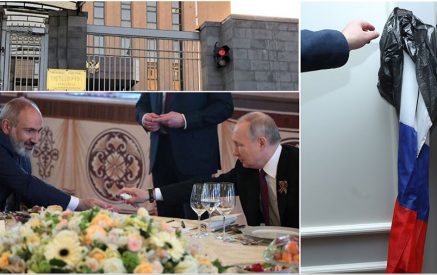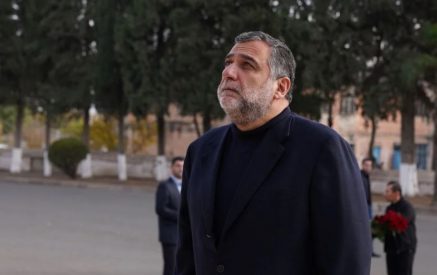From ”homo soveticus” to ”homo indifferentes”
In the early 1990s, we in Armenia and other corners of the collapsed country uttered the phrase “homo soveticus” with irony and disdain. We had in mind a pathetic personality lacking initiative, with paternalistic illusions, bred for 70 years, who had to either be urgently transformed or completely disappear, so to speak, naturally, that is, grow old and die.
The personality described above indeed had such traits. But the more I think about our recent past, the more often I ask myself, did homo soveticus have only those reprehensible, repulsive traits? And if so, how did he transform himself in terms of national and civic identity between February 1988 and June 1990?
The most accessible answers are as follows. 1/ the “revolution of thought” of 1988-90 took place in defiance of the Soviet system
Read also
2/ that transformation was accomplished thanks to the skillful leadership of the “Karabakh” committee.
Without rejecting those two reservations, let’s try to understand:
On what “raw materials” was this transformation based?
Why today, under this recent crisis, a new change is not happening? (Though the need for that is being talked about a lot now).
Since it does not occur, it allows us to assume that there was something inside the Armenian “homo soveticus “that created the basis for the national awakening.
Going back a little, let’s remember the famous interview of the British military, spy, and diplomat Lawrence Thomas (Lawrence of Arabia), which he gave to the American journalist Lincoln Stephens in 1919. (The interview was published in 1931.) “Armenians must work,” says the American journalist, “That is the secret of success, whether for an individual or the nation: work, persistent, energetic work.” And Armenians should have Armenia to work on it.”
Lawrence replied to that remark. “Armenians will not work. That is a sore point in your program and the sore point of the Armenians. That is the sore point of these ancient tribes who have been civilized, lost power, and degraded.”
Lawrence was wrong. Armenians, having their own (non-independent) Armenia, worked, and Soviet Armenia became one of the most economically, scientifically, and culturally developed republics of the Union. The rallies, the civil struggle that began in 1988, are also the result of urban culture. And in that sense, from 1917-1979, the population of Yerevan increased about 30 times.
I don’t want to portray that period in rosy tones: the Soviet regime committed many monstrous crimes against Armenians. It is about how and on what basis the identity transformation took place in 1988-90. In addition to “socialist” modernization, the government of Soviet Armenia (naturally, with the permission of the Center) developed the policy of “mild nationalism.” Much has been written about the unveiling of the Genocide monument, commemorating the Genocide, and related works of science, art, and literature. Along with all that, I want to recall three events that contributed to the awakening of historical memory and national dignity; the celebration of the 1000th anniversary of the “Sasna Tsrer” “David of Sasun” epic (1939: thanks to academician Hovsep Orbeli), the 1600th anniversary of the invention of Armenian writing (1965), the 1750th anniversary of Yerevan (1968).
No matter how conventional those anniversaries are in terms of dates. It was an opportunity to refer to our history, to send a message to Armenians that they have centuries-old, rich history and culture, heroes they can be proud of, and, of course, it made it possible to experience moments of national dignity. All this brought up the generation of 1988, which was able to get out of the homo soveticus cover quickly.
Then why do we now wear the shirt of homo indifference, an indifferent person? (About that we talked extensively) and what is the basis for the next climb, which I hope is close?
The tools used before 1988 will no longer work. And what will work?
Aram ABRAHAMYAN


